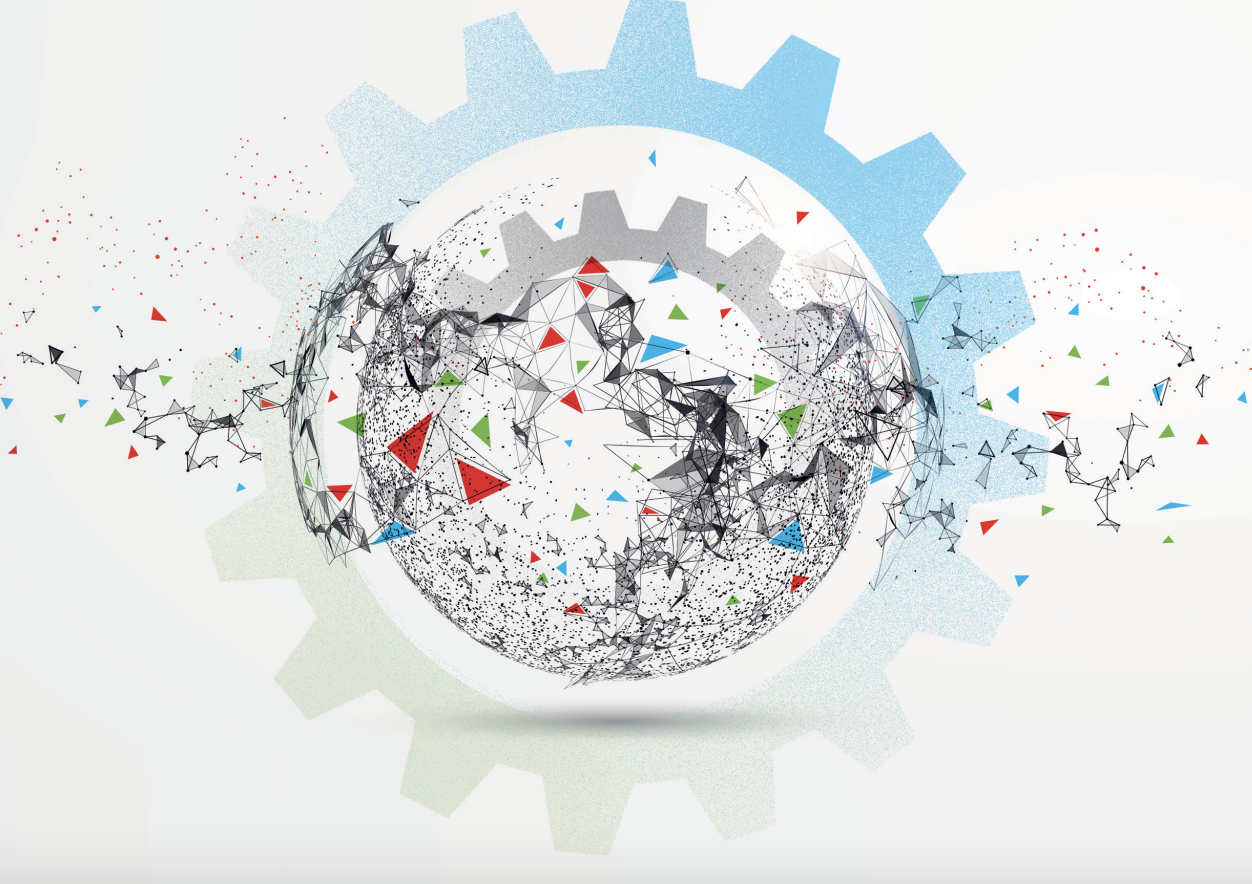INEQUALITY
Nations have become richer, governments poorer
The World Inequality report 2022 has been released. It finds persisting levels of extreme wealth concentration across the world, worsened by the pandemic. But the data also shows: inequality is a political choice, not an inevitability.
BY
SONJA HENNENPUBLISHED
7. DECEMBER 2021READING TIME
8 MIN
The World Inequality Lab has released its 2022 World Inequality report. The report presents the latest and most complete data available on inequality. Compared to its predecessor, the 2018 World Inequality Report, it presents novel findings in four main areas: systematic data on inequality at the global level and how it has evolved over time for almost all countries; more in-depth evidence on wealth and its distribution worldwide than has been available until now; systematic data on the share of world labor income earned by women; and new evidence of inequality in carbon emissions across the world.
Has Covid made inequality worse?
The 2022 World Inequality report finds persisting levels of extreme wealth and income inequality. The richest 10% of the global population currently takes 52% of global income, whereas the poorest half of the population earns 8% of it. Global wealth inequalities are even more pronounced than income inequalities.
The poorest half of the global population barely owns any wealth at all, possessing just 2% of the total. In contrast, the richest 10% of the global population own 76% of all wealth.
The researchers also find that the Covid-19 pandemic has exacerbated several forms of inequality within countries, including health, social, gender, and wealth inequality. Looking at billionaire wealth records, the report finds that the gap between the very top of the wealth distribution and the rest of the population has widened dramatically during this pandemic. Between 2021 and 2019, the wealth of the top 0.001% grew by 14%, while average global wealth is estimated to have risen by just 1%.
Large inequalities in carbon emissions
Global income and wealth inequalities are tightly connected to ecological inequalities and to inequalities in contributions to climate change. The report’s novel data set on carbon emissions inequalities reveals important inequalities in CO2 emissions at the world level: the top 10% of emitters are responsible for close to 50% of all emissions, while the bottom 50% produce a mere 12% of the total. Such numbers reinforce the often debated question of financial compensation mechanisms for low-income groups and of the just financing of climate protection efforts.
Nations have become richer, but governments have become poor
Not only inequality between rich and poor individuals has increased, but also inequalities between the net wealth of governments and net wealth of the private sector. As such, the 2022 report finds that over the past 40 years, while countries have become significantly richer, their governments have become significantly poorer. In numbers, this means that the share of wealth held by public actors is close to zero or even negative in rich countries. This trend has been magnified by the Covid crisis, and has important implications for state capacities to tackle inequality in the future, as well as the key challenges of the 21st century.
Inequality is a political choice, not an inevitability
Following a series of neoliberal deregulation and liberalization programs since the 1980s, income and wealth inequalities have been on the rise nearly in all countries. As these reforms took different forms in different countries, the rise has not been uniform: certain countries have experienced spectacular increases in inequality (like the US, India and Russia) while others (European countries and China) have experienced relatively smaller rises. These differences, discussed at length in the previous edition of the World Inequality Report, confirm that inequality is not inevitable, it is a political choice.
How can inequality be reduced?
Given the pressing nature of today’s crises, rising or persisting levels of wealth, income, carbon and gender inequality threaten to hamper progress towards sustainable welfare for all. But how can inequality effectively be reduced? Knowing that inequality is not inevitable, the World Inequality Report 2022 concludes by discussing various options to tackle inequality, learning from examples all over the world and throughout modern history, including progressive taxes, the role of corporate tax in the progressivity of the tax system, unilateral approaches, or global asset registers, all of which depend on concerted political will and action.
The full report is available here.
For a German take on the debate, we recommended this paper by Charlotte Bartels and Carsten Schroeder, commissioned by the Forum.
